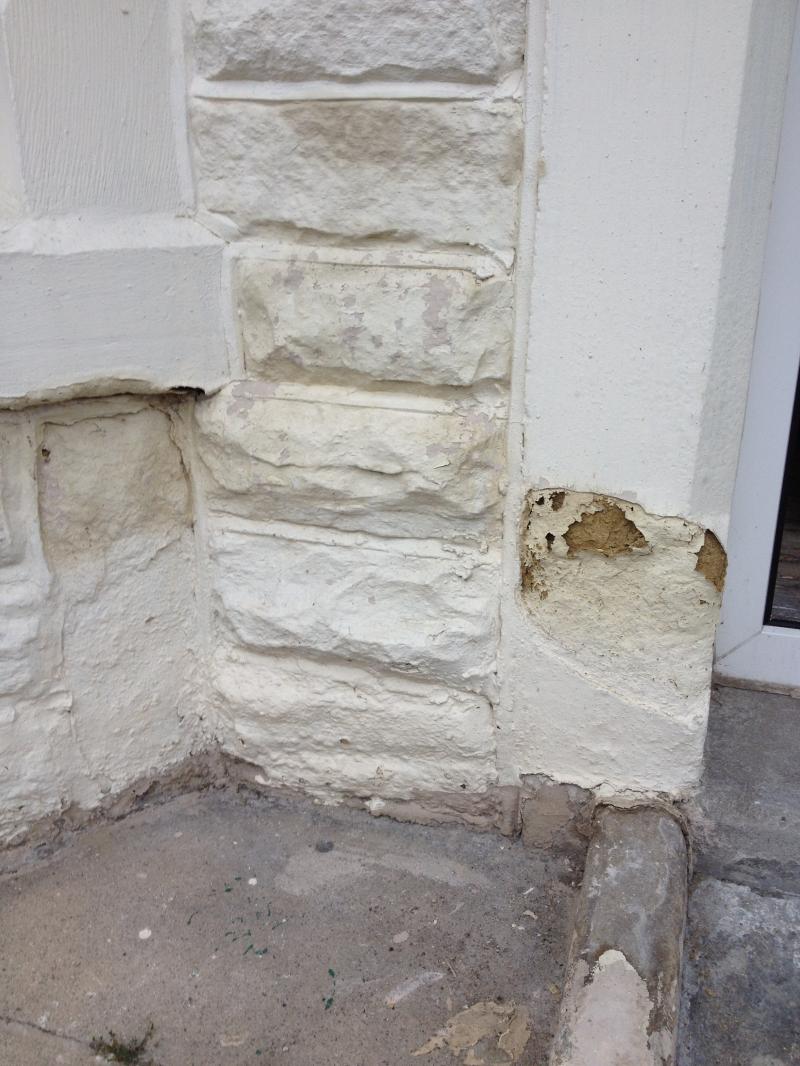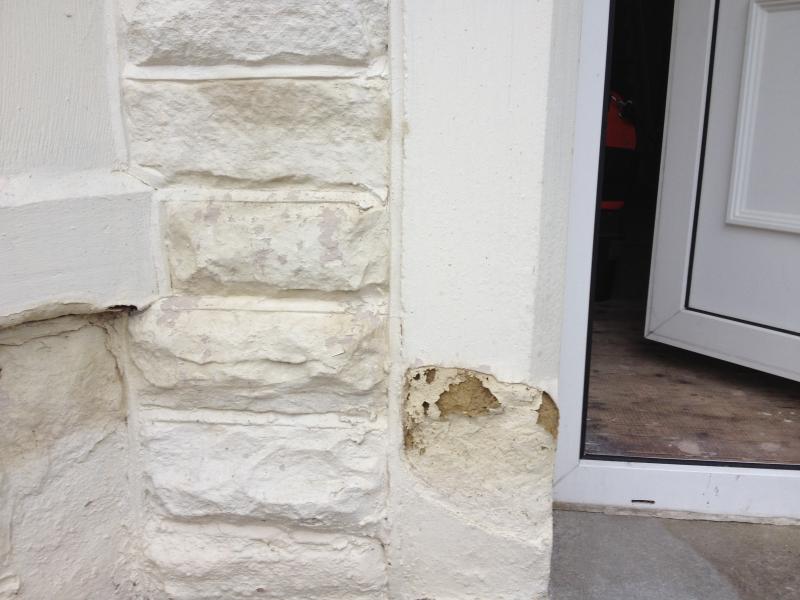Hi. I was hoping someone in the know could help me diagnose a problem with my external wall. I live in a mid terrace built in 1901, the external wall is built of sandstone. The problem is some of the brick look damp and there's parts flaking off. The house has been painted for as long as I've been living here, 9 years.
Any help appreciated
Any help appreciated



